


week 3
Computer-Controlled Cutting.
Assignment:
group assignment:
make lasercutter test part(s), varying cutting settings and slot dimensions
individual assignment:
cut something on the vinylcutter
design, make, and document a parametric press-fit construction kit,
accounting for the lasercutter kerf, which can be assembled in multiple ways.
group assignment:
make lasercutter test part(s), varying cutting settings and slot dimensions
individual assignment:
cut something on the vinylcutter
design, make, and document a parametric press-fit construction kit,
accounting for the lasercutter kerf, which can be assembled in multiple ways.
Guillermo Jaramillo :: Fab Academy 2017
Fab Academy 2017

To use the vinyl cutter, I tried several designs, like this:
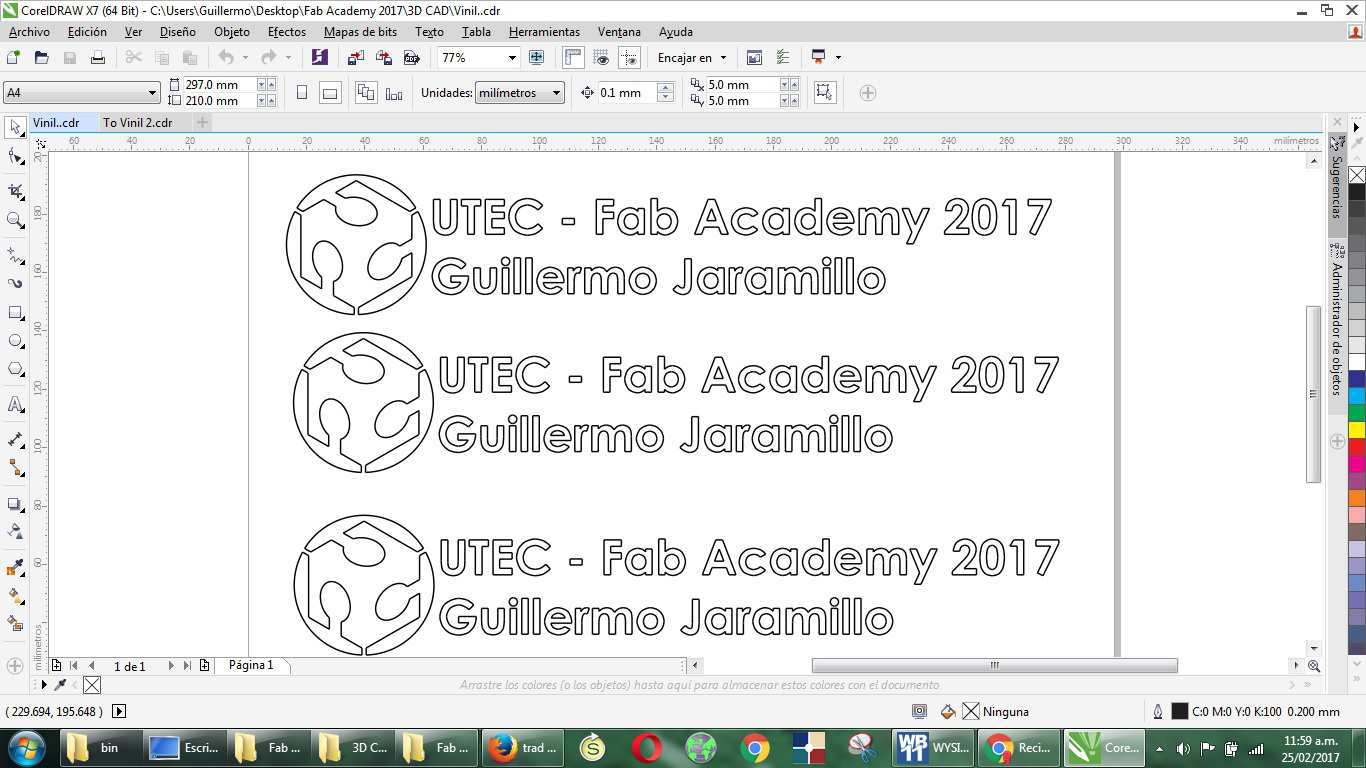
Or that, including the logo of my origin University:
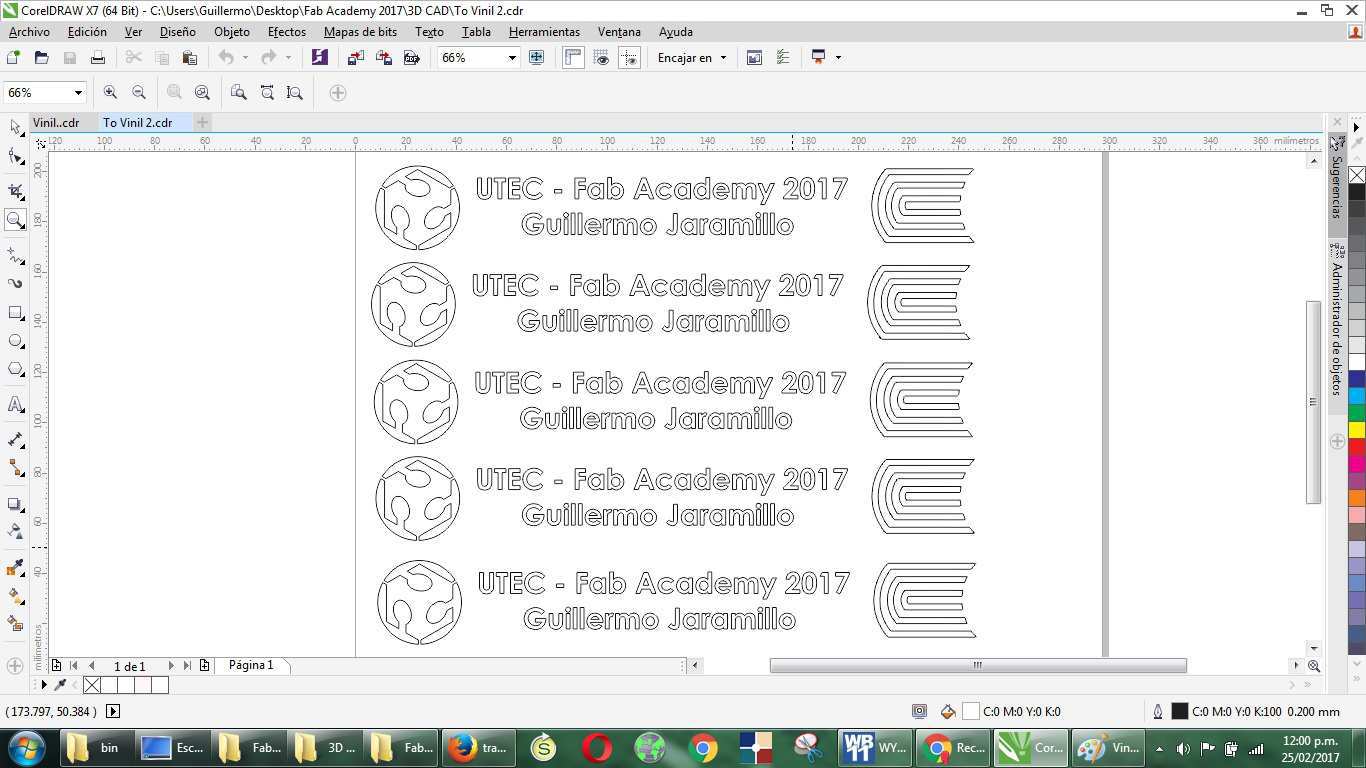
And now it's time to prepair the vinyl cutter machine to do the job:
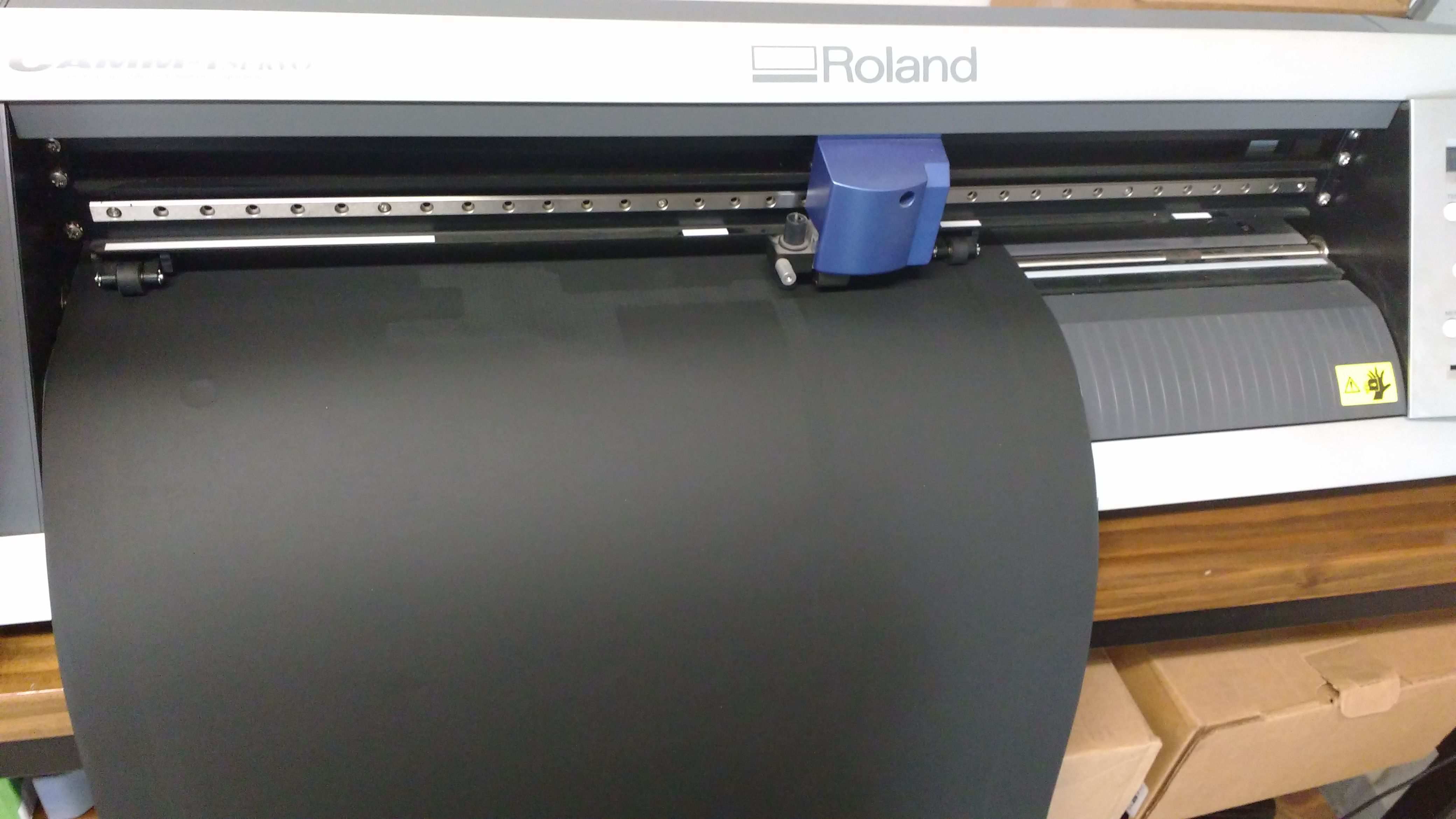
All the process is documented in this video:
Now with regard to laser cutting tasks, my work is centered in to develope many models, such as an electrical guitar model, a special type of ball, called Quaffle, take the idea from Harry Potter and a free press-fit construction kit.
For this first try, no success i design a guitar in a model called stratocaster, so the complexity of the body is too hard to represent in a parts of slices in 123 make as it can see.
For this first try, no success i design a guitar in a model called stratocaster, so the complexity of the body is too hard to represent in a parts of slices in 123 make as it can see.
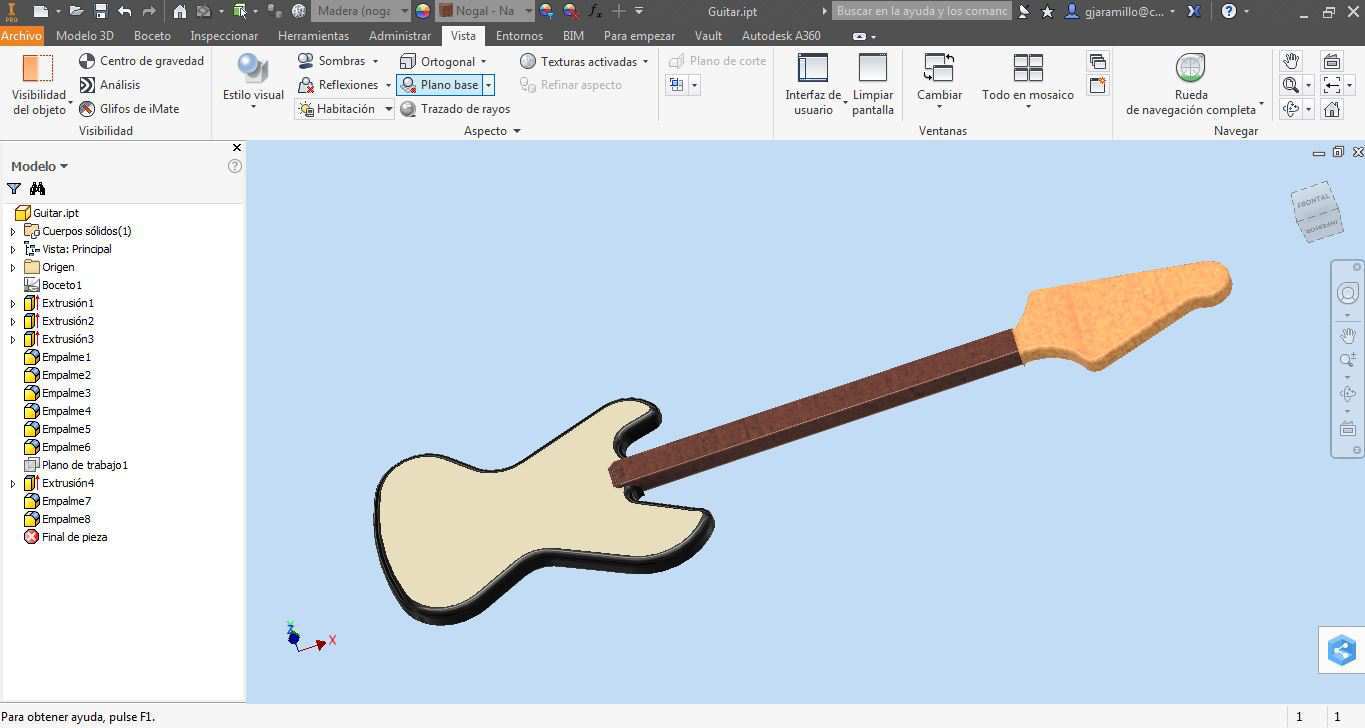
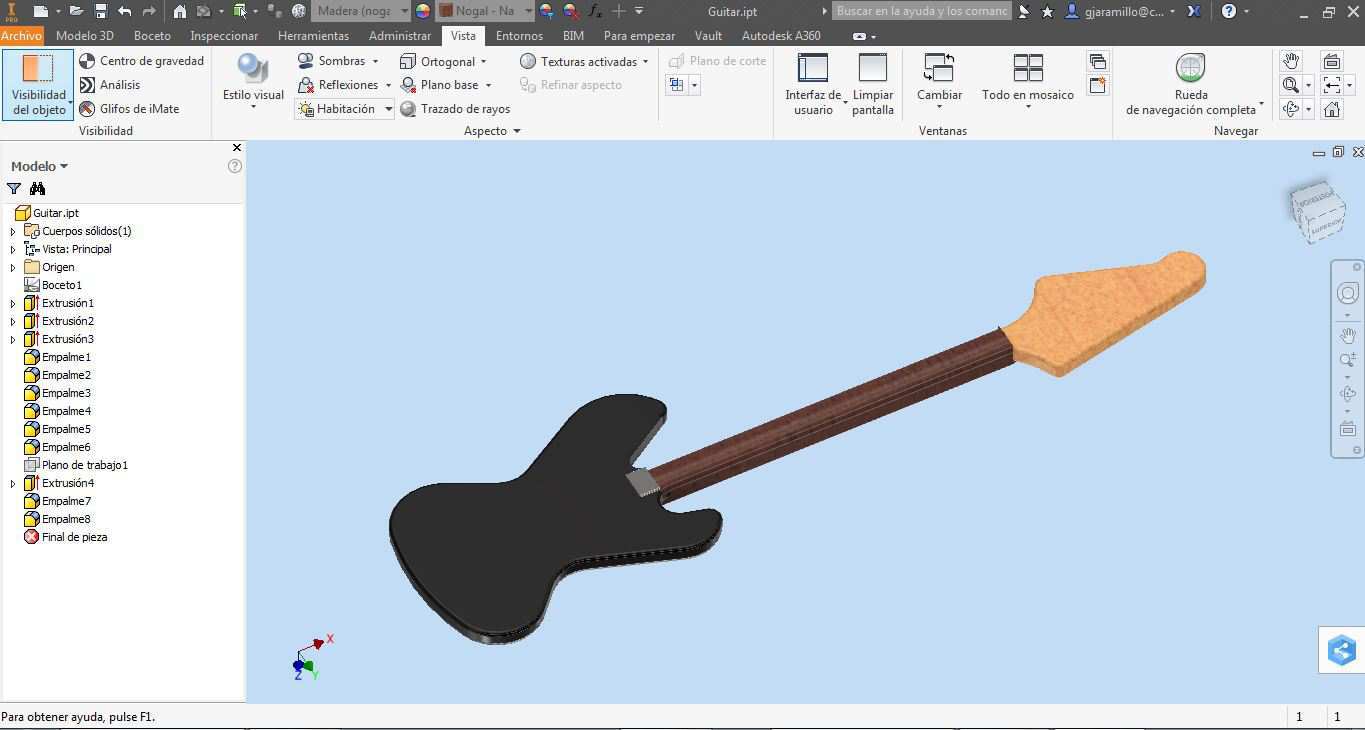
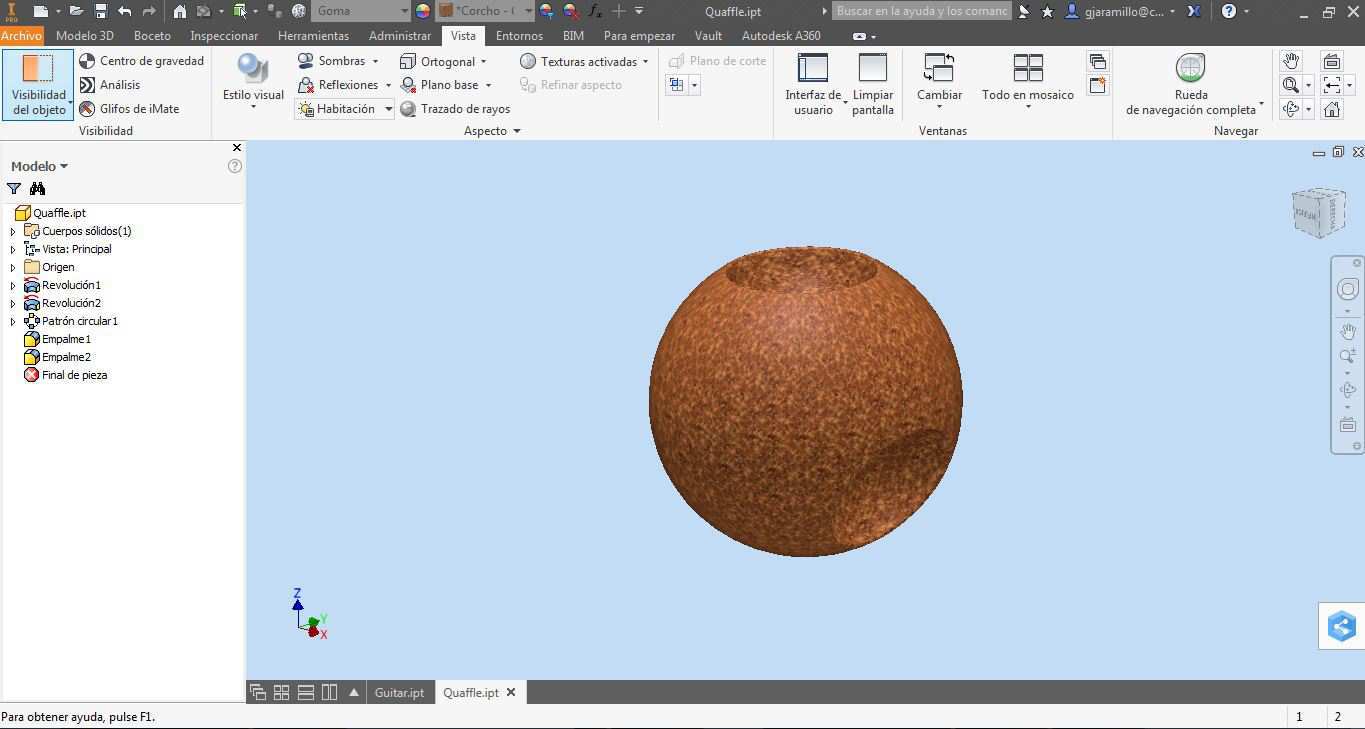
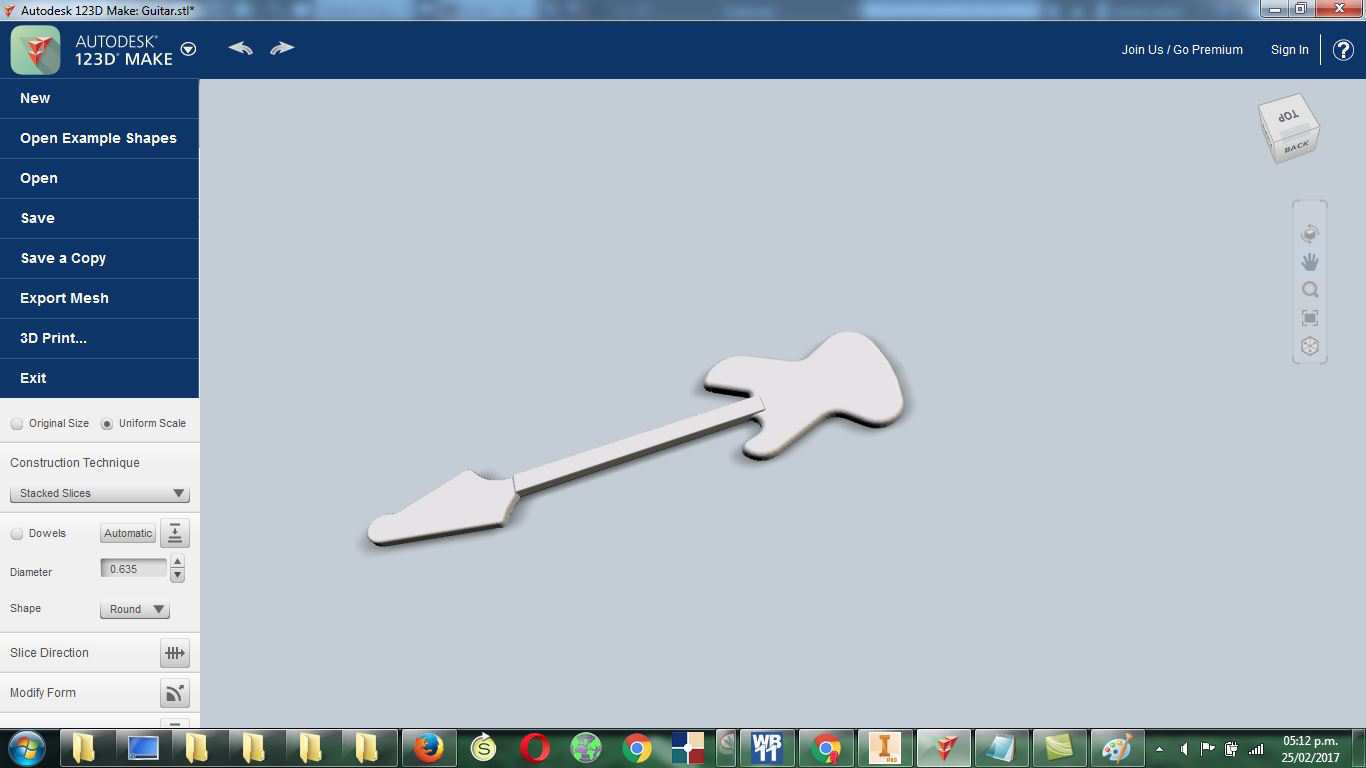
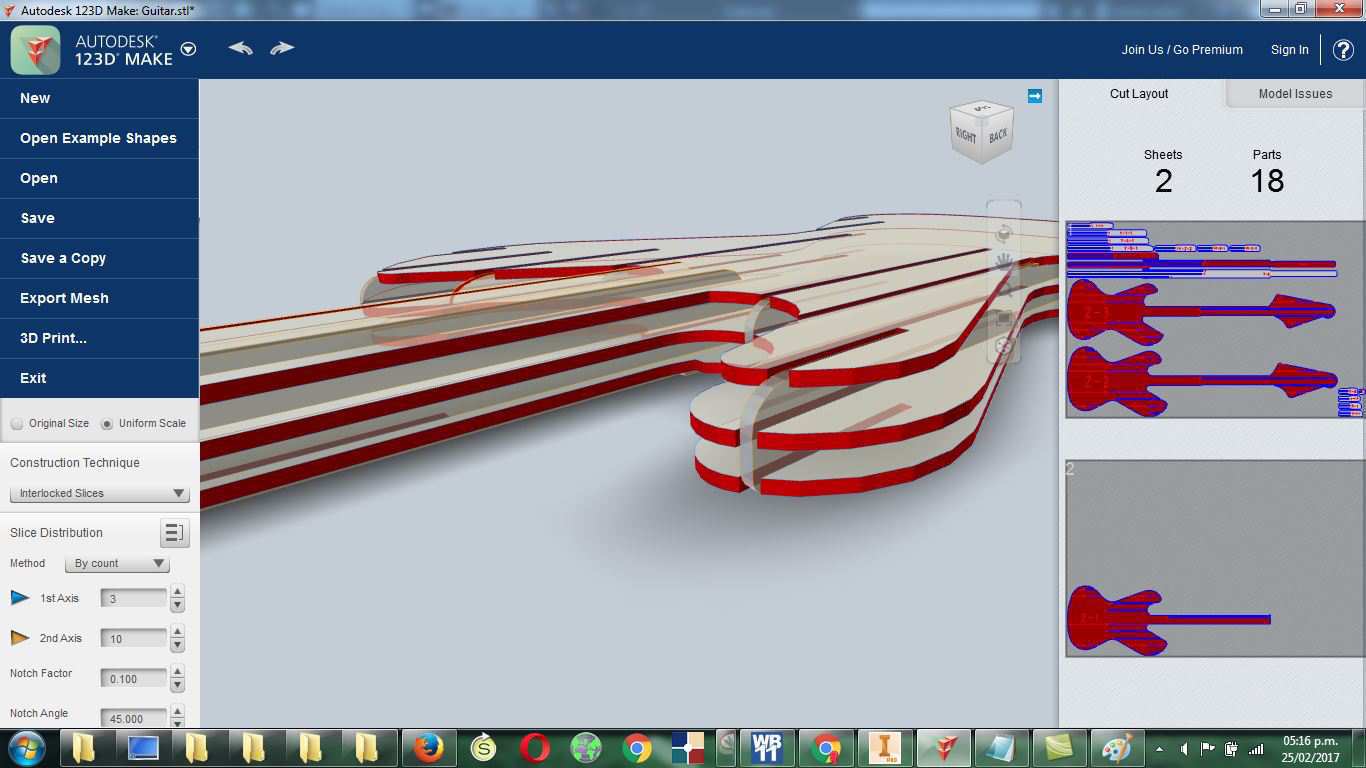
My next succesfull model is a Quaffle, a ball from quiditch in Harry Potter series. The model design is made in Inventor. The calculus of parts in 123 make. and the cut in a GCC laser machine.
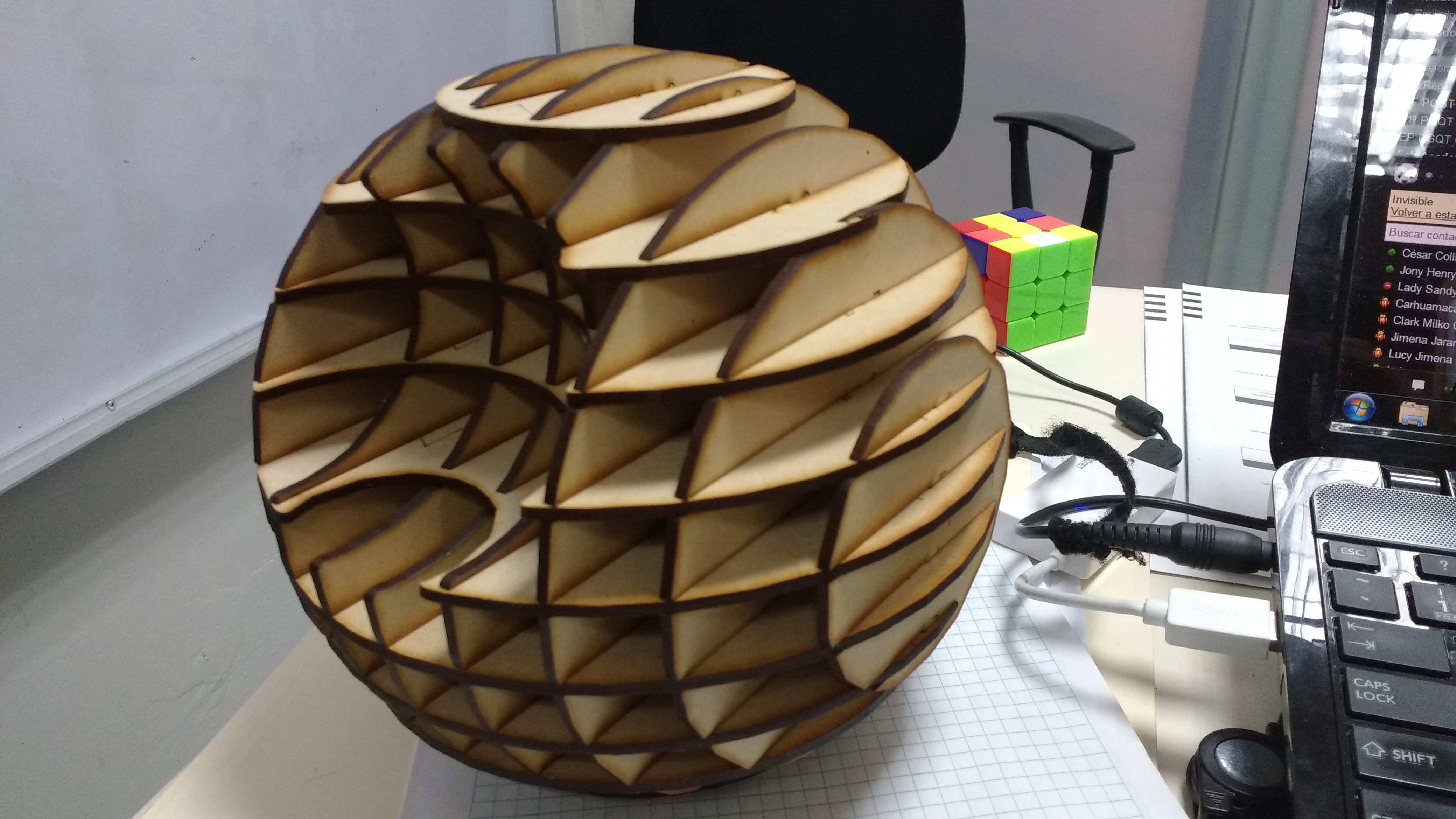
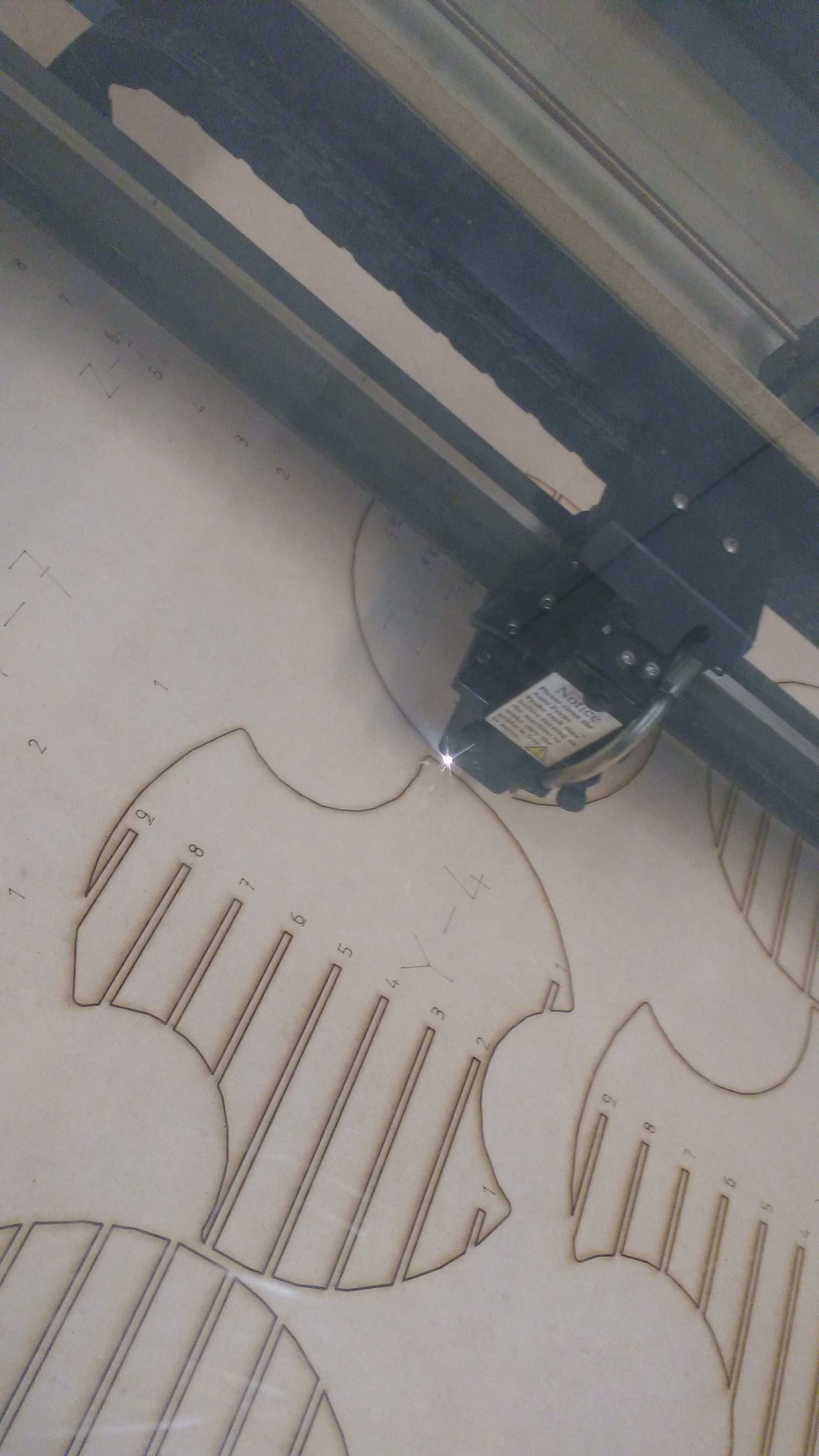
The process begins with the design of the solid in Autodesk Inventor and after reviewing the dimensions we proceed to transfer the model to 123 make to perform the calculation of the slices.
Finally, the drawings in PDF or DXF format are obtained to pass them directly to the laser cutting machine, where the first step is to accommodate the MDF sheet of 6 mm. Of 600 x 900 mm.
After this, proceed with the cut to finally assemble the parts.
Finally, the drawings in PDF or DXF format are obtained to pass them directly to the laser cutting machine, where the first step is to accommodate the MDF sheet of 6 mm. Of 600 x 900 mm.
After this, proceed with the cut to finally assemble the parts.
Finally for the press fit process, design a series of assemblies to be able to assemble them of different form and way, these consist of two types of pieces to cut in MDF.
In the photos attached you can see the different types of lace that was made.
The workflow for this task was, after the design in autodesk inventor, In which it has been necessary to use techniques for parametric design, since it is necessary to adjust the fit of the parts. In addition, the MDF can vary from its own specifications up to 0.5 mm per custiones as the humidity of the environment.
That is why the fundamental measure is that of notch.
In the photos attached you can see the different types of lace that was made.
The workflow for this task was, after the design in autodesk inventor, In which it has been necessary to use techniques for parametric design, since it is necessary to adjust the fit of the parts. In addition, the MDF can vary from its own specifications up to 0.5 mm per custiones as the humidity of the environment.
That is why the fundamental measure is that of notch.
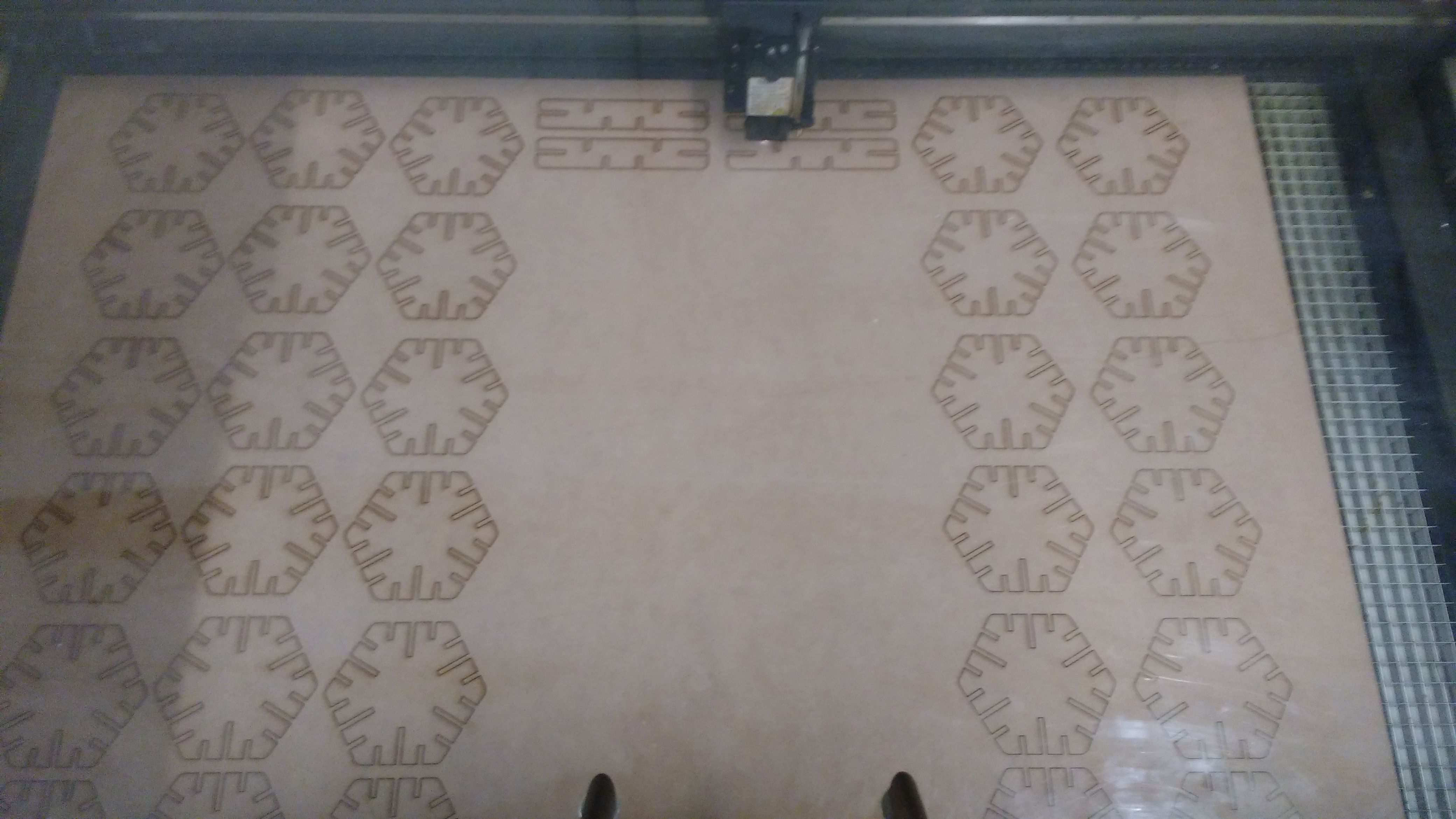
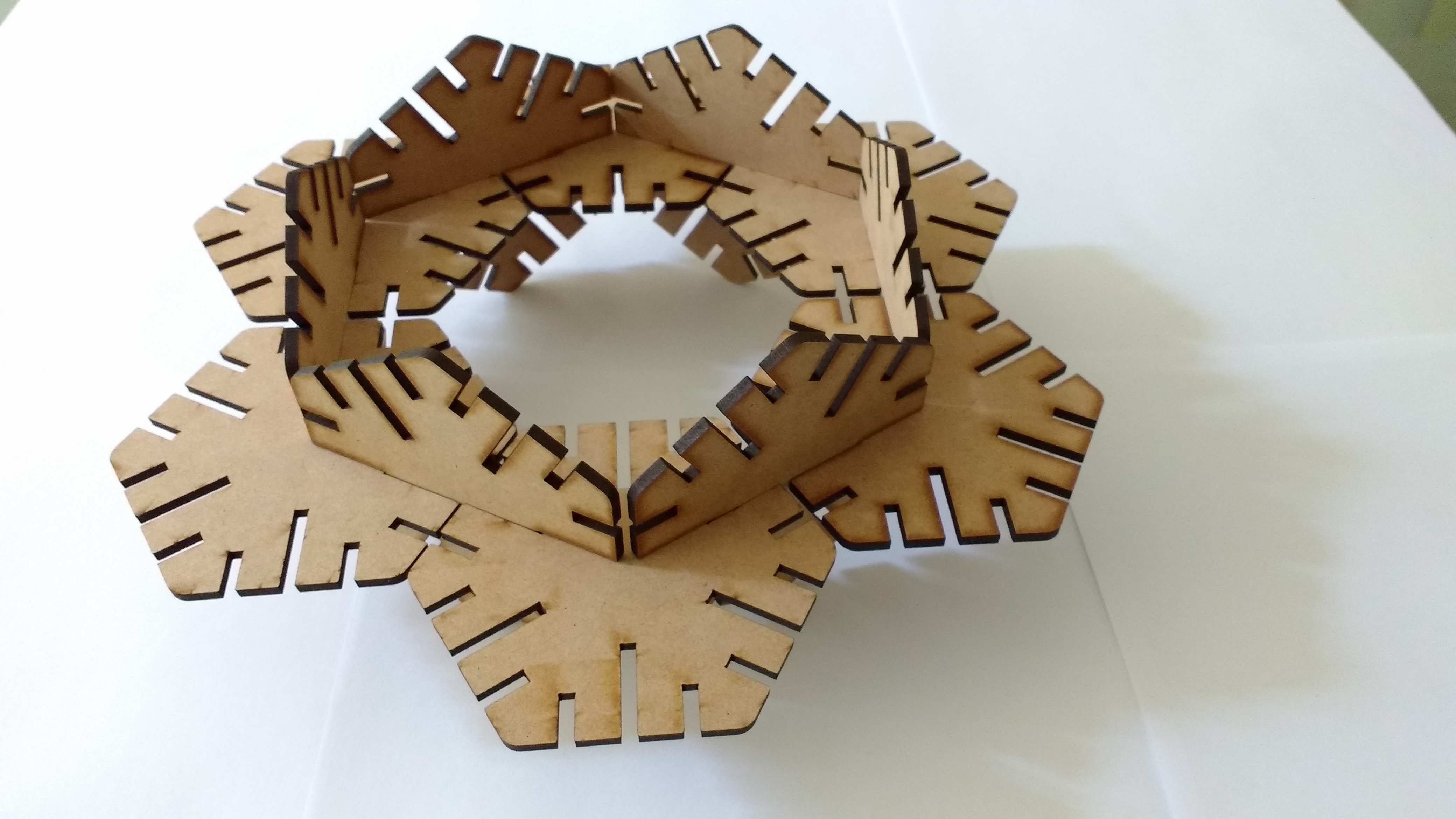
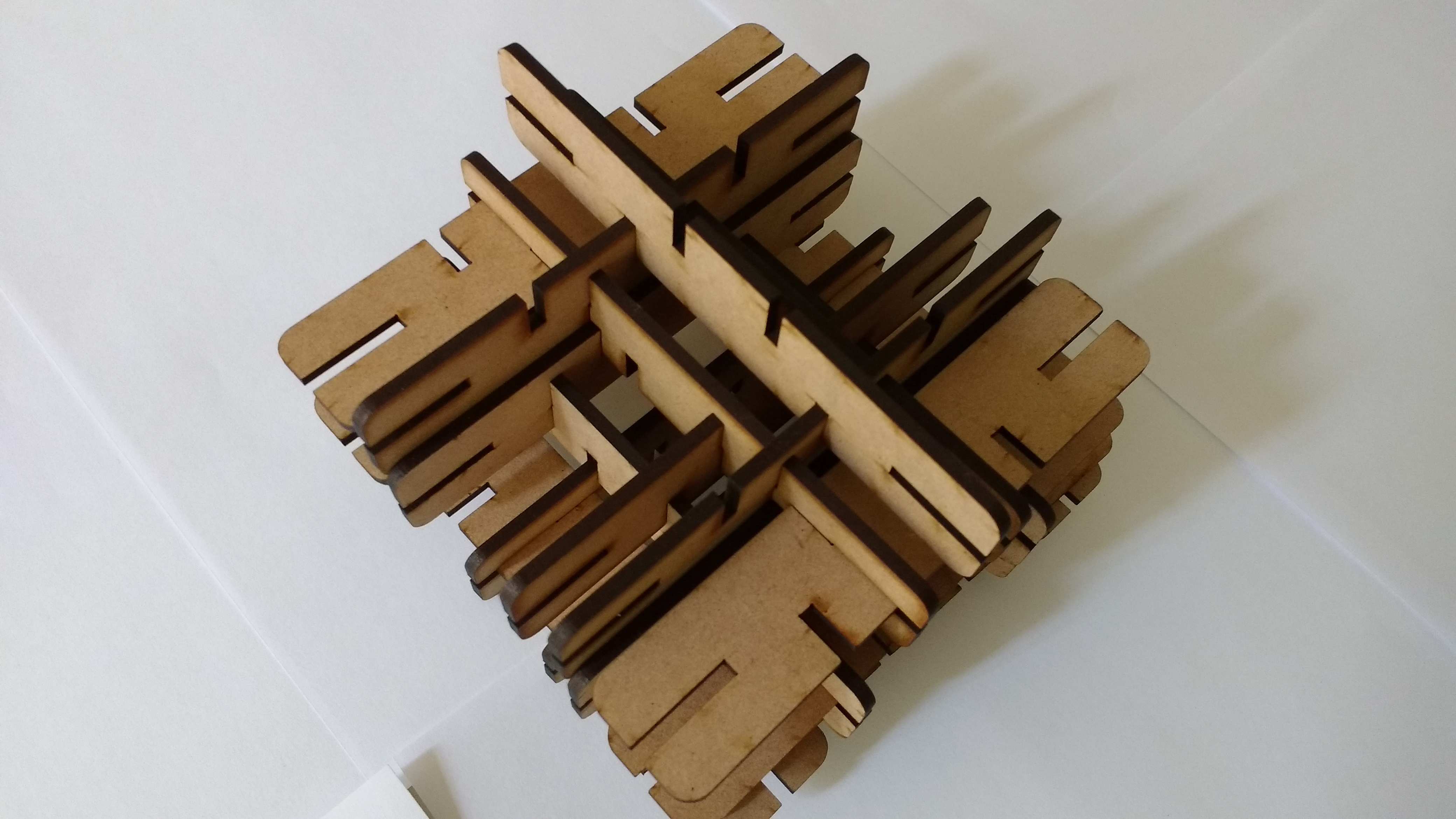
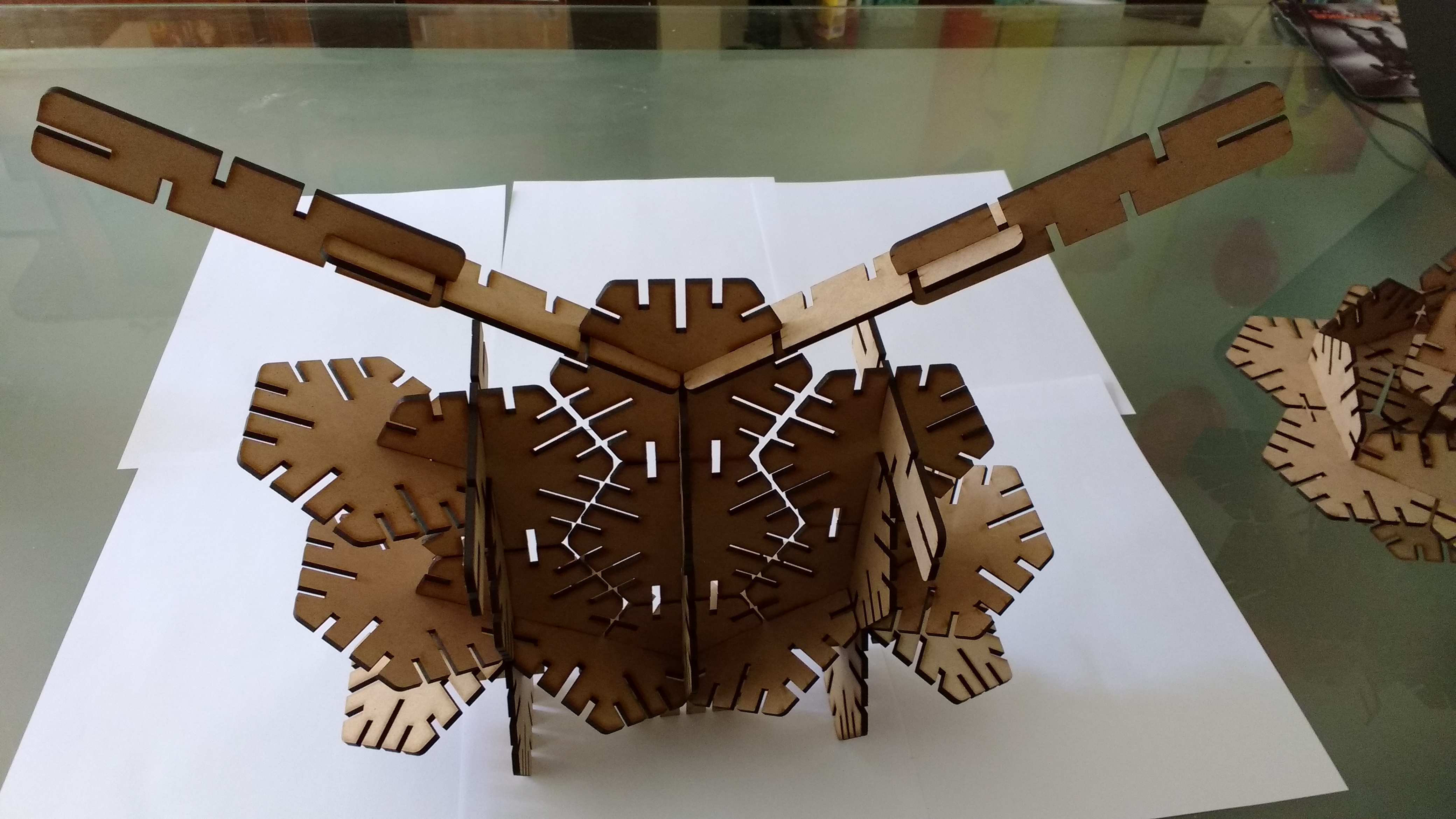
Here the 3D models in action.
Finally, to export the faces to pass the drawing to corel and finally to generate the output for the GCC machine in DXF format.
The next other photos shows the press fit.
The next other photos shows the press fit.
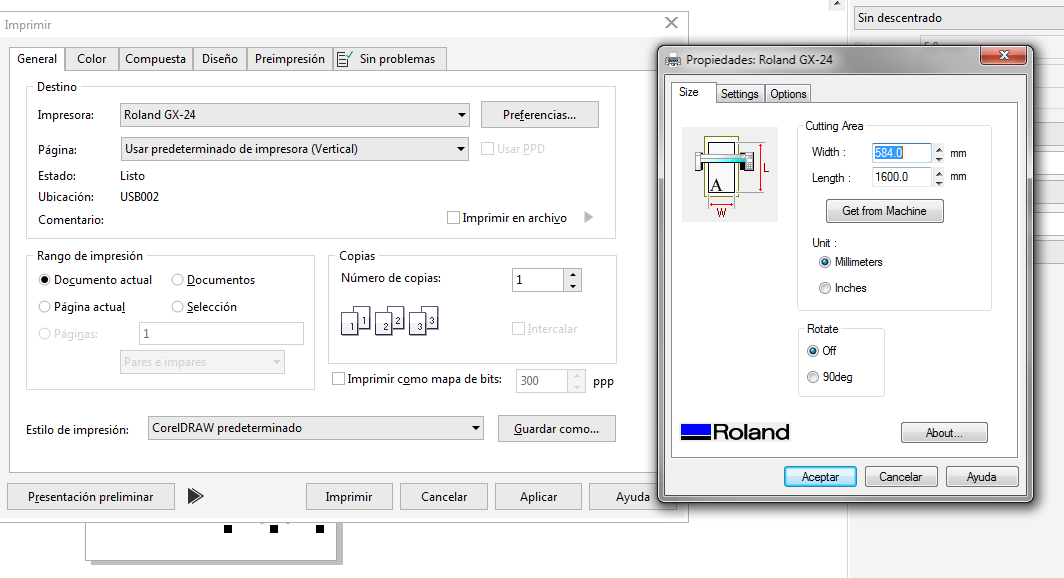
The whole process has been documented in the next video.